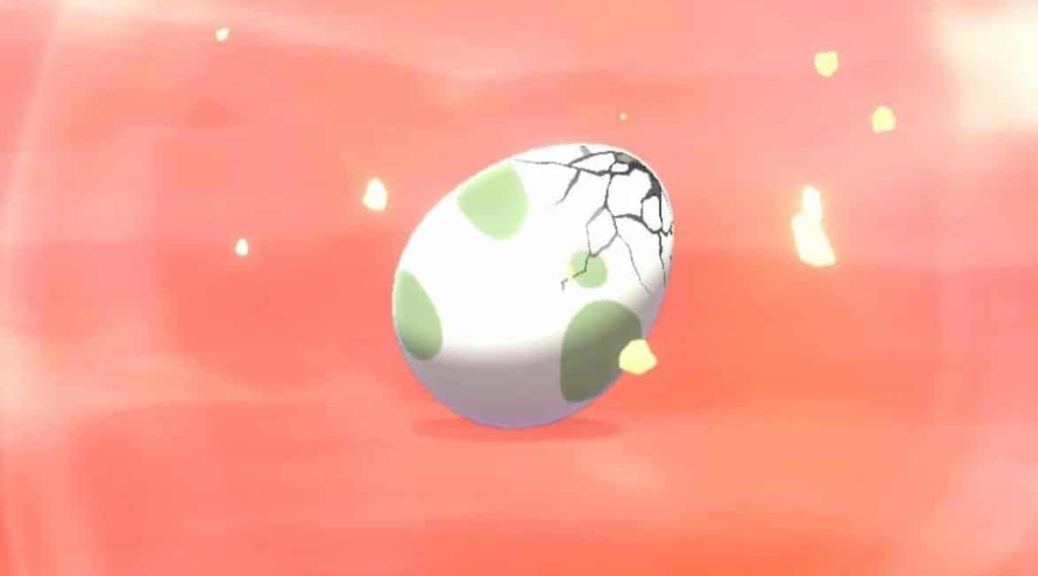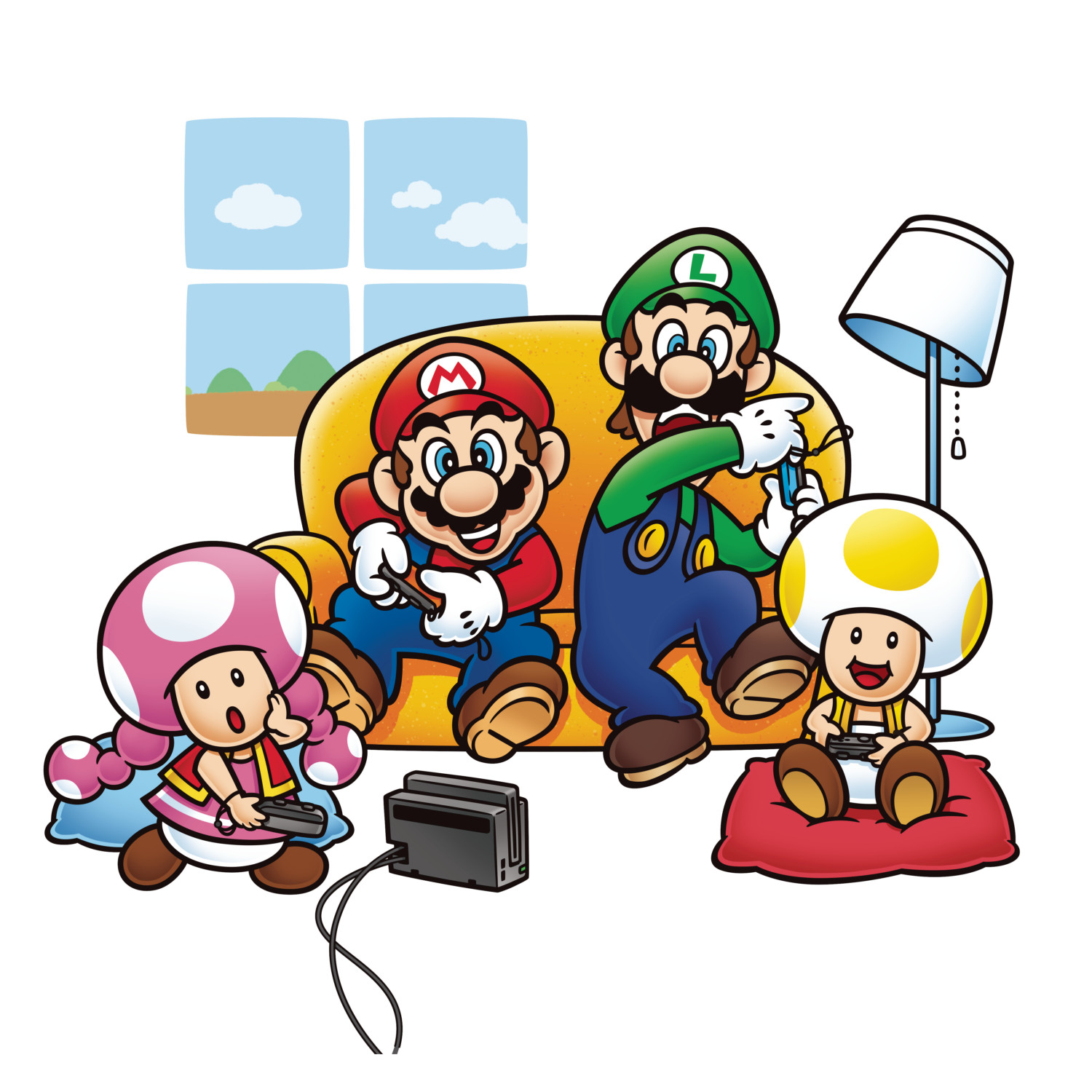
Guide: Basics Of Breeding In Pokemon Sword And Shield
Ever since its introduction in Pokemon Gold & Silver, breeding Pokemon has been a mainstay of the franchise, serving as one of the main methods of customizing your Pokemon’s innate attributes and abilities.
As some players may not be aware of the intricacies of breeding in Pokemon, we have put together a guide including all the information needed to start breeding Pokemon like a pro in Pokemon Sword & Shield. This includes details for where to find the daycare, important items for breeding, inheriting moves, and the Masuda Method.
Where Is The Nursery?
Breeding Pokemon is done through a facility called the Nursery in Pokemon Sword And Shield. There are two Nurseries available for the player to use:
- Route 5 Nursery
-
- The first nursery players are likely to encounter while playing the game.
-
- Located along a very long straight path between Turffield and Hulbury, which makes it ideal for hatching eggs quickly (more on this later).
- Wild Area Nursery
-
- The second nursery players should encounter, located at a small corner in the Wild Area near the Bridge Field.
-
- As it is located in the Wild Area, it is a bit more difficult to hatch eggs efficiently, but is convenient if you spend a lot of time in the Wild Area.
Each Nursery can take up to two Pokemon at a time, which will be used to generate Pokemon Eggs. It will cost P$500 to deposit one Pokemon, P$1000 for two.
Breeding 101
Once you have found the Nursery, the next step is to decide which Pokemon to breed. There are a few important things to note when making your selection:
- The two Pokemon chosen must be a male and a female in order to produce eggs.
-
- Ditto is an exception, as it can breed with any gender of Pokemon.
- Two Pokemon can only breed if they belong to the same Egg Group. Egg Groups of different Pokemon species are unfortunately not very clearly explained in the game, but these details are available on many Pokemon wikis.
-
- If the two Pokemon cannot breed, the Nursery lady will let you know by saying “They don’t seem to like playing together” if asked how everything is going.
-
- Pokemon of the same species will always have the same Egg Group.
-
-
- The nursery lady will describe their relationship as “The two seem to get along”
-
-
- Ditto is an exception to the Egg Group rule, since it can breed with any Pokemon.
- Pokemon of different species can breed if they belong in the same Egg Group, but the chance of finding an egg will be a bit lower.
-
- The nursery lady will describe their relationship as “The two don’t really seem to like each other very much”
- Traded Pokemon have a higher chance of yielding an egg if bred with Pokemon from your game.
-
- The nursery lady will describe their relationship as “The two seem to get along”
- It is ideal to breed two Pokemon of the same species, but from different trainers, in order to generate the most eggs.
-
- The nursery lady will describe their relationship as “The two seem to get along really well”
- Pokemon eggs will always hatch into the same species as the female parent.
-
- Ditto is an exception, as the egg will always be the same species as the non-Ditto parent.
- The hatched Pokemon be in the same type of ball as its female parent (e.g. Ultra Ball)
-
- Ditto is an exception, ball type will be inherited from the non-Ditto parent.
- The hatched Pokemon has a higher chance of sharing the same ability as its female parent (including hidden abilities)
-
- Ditto is an exception, inherited ability is likely to be the same as its non-Ditto parent.
If an Egg is available for collection, the NPC in front of the daycare will cross her arms. The Egg can then be collected just by talking to her. Once the Egg is in your party, you will have to walk/bike a certain number of steps before it hatches.
In this case, the long straight road on Route 5 is very useful as you can just ride your bike back and forth. Different Pokemon require a different number of steps to hatch their eggs.
Important Pokemon For Breeding
Below are some key Pokemon that are useful for the breeding process.
- Ditto: Can breed with any Pokemon except itself, making it highly useful for breeding single gendered or ungendered Pokemon.
- Any Pokemon with the Flame Body ability: Flame Body halves the number of steps required to hatch eggs (does not stack with multiples)
-
- Rolycoly, Carkoal, Coalossus, Litwick, Lampent, Chadelure
-
- The most efficient way to hatch eggs is to have one Flame Body Pokemon, and five eggs in your party.
Important Items For Breeding
Below are some important items that may make breeding easier.
- Oval Charm: Increases the chance of finding an egg at the daycare (Defeat Morimoto in Room 2 of Hotel Ionia in Circhester)
- Everstone: Ensures the child Pokemon shares the same nature as the parent holding it (Hidden in area just south east of Turffield Stadium)
- Destiny Knot: Ensures the child Pokemon inherits 5 IVs from its parents instead of 3 if held by one of them (Buy from Hammerlocke BP shop)
- Effort Items: Ensures that the child Pokemon inherits a specific IV from the parent holding it (Buy from Hammerlocke BP shop)
-
- Power Bracer – Attack
-
- Power Belt – Defense
-
- Power Lens – Sp.Attack
-
- Power Band – Sp.Defense
-
- Power Anklet – Speed
-
- Power Weight – HP
- Incense Items: Held item required to breed baby versions of some Pokemon. (Buy from Incense shop in Hulburry)
-
- Rose Incense (Budew)
-
- Sea Incense (Azurill)
-
- Wave Incense (Mantyke)
-
- Rock Incense (Bonsly)
-
- Odd Incense (Mime.Jr)
-
- Lax Incense (Wynaut)
-
- Full Incense (Munchlax)
- Light Ball: If held by a Pikachu/Raichu, baby Pichus will know the move Volt Tacke (held by wild Pikachu)
Inheriting Moves
After breeding, the newly hatched Pokemon may inherit the moves known by its parent according to the following rules:
- Any moves it learns at Level 1.
- Any moves it learns by level up, as long as both parents currently know them.
- Any TMs known by the parents.
- Any Egg Moves known by the parents
-
- Egg Moves can also be transferred between Pokemon deposited in the Nursery as of Pokemon Sword And Shield.
Masuda Method
The Masuda Method is a way to increase the chance of Shiny Pokemon hatching from eggs. The Masuda Method is a technique attributed to Game Freak’s Junichi Masuda, who was the first to hint at its existence on his blog during the release of Pokemon Diamond & Pearl.
By breeding Pokemon with parents from games of different languages (marked by a language tag on the status screen), the chance of hatching a Shiny Pokemon increases by 600% from (1 in 4096) to (1 in 682.7).
What do you think of this guide? Let us know in the comments.
